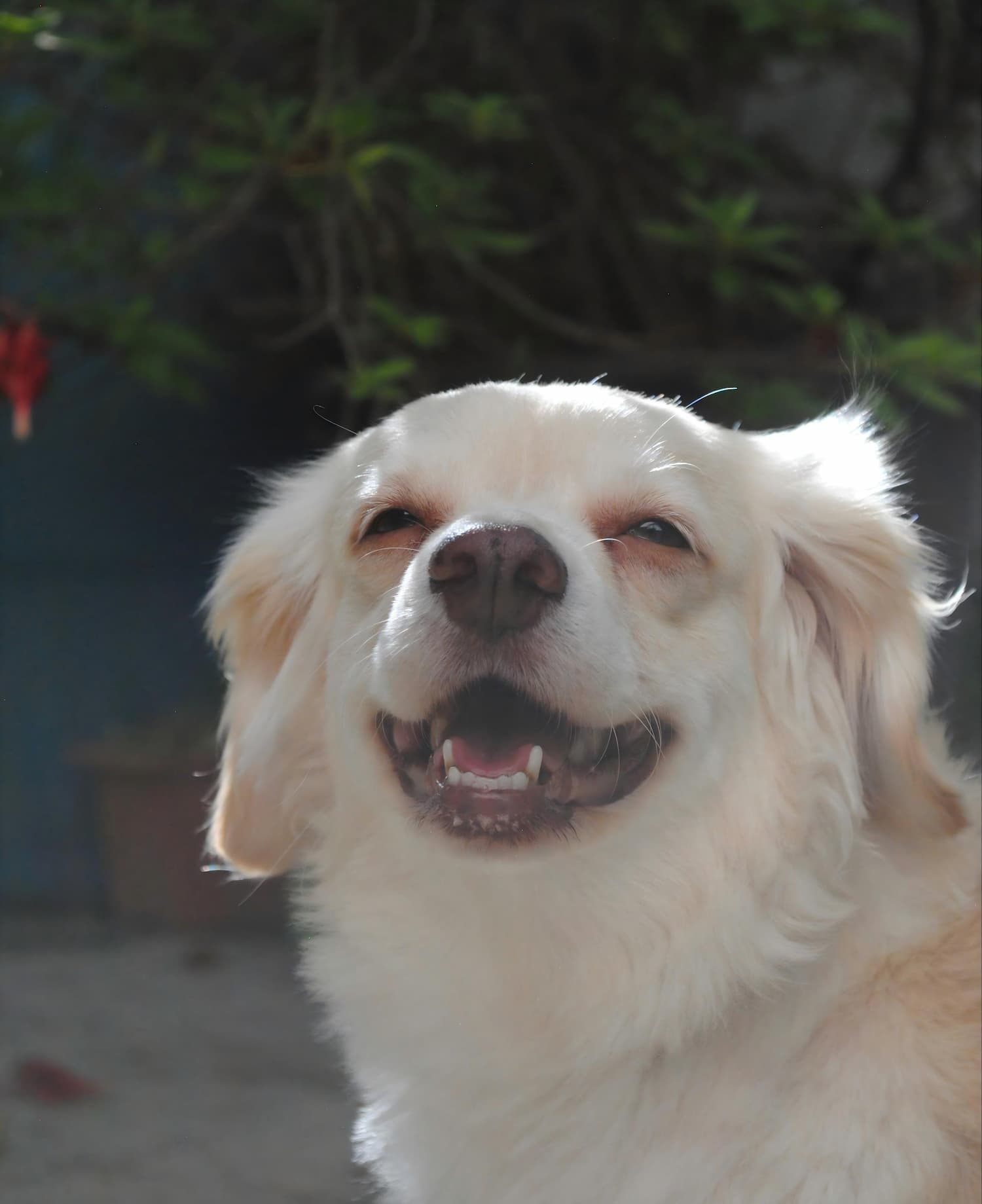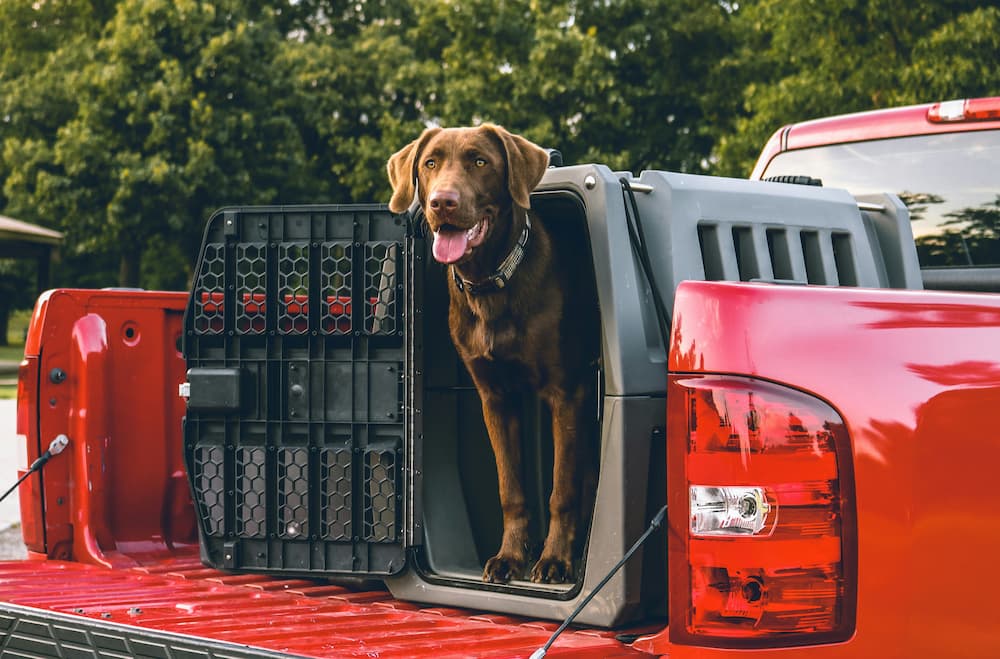You’re walking your dog when suddenly another pup appears across the street. Instead of curiosity, your dog lunges, barks frantically, or cowers behind you. You feel embarrassed, worried, and unsure how to help. What is a reactive dog, and why does this happen? If this sounds familiar, you’re not alone. Many families notice puzzling overreactions in their pets but misunderstand the meaning behind them. Let’s demystify dog reactivity with science-backed insights and practical solutions.
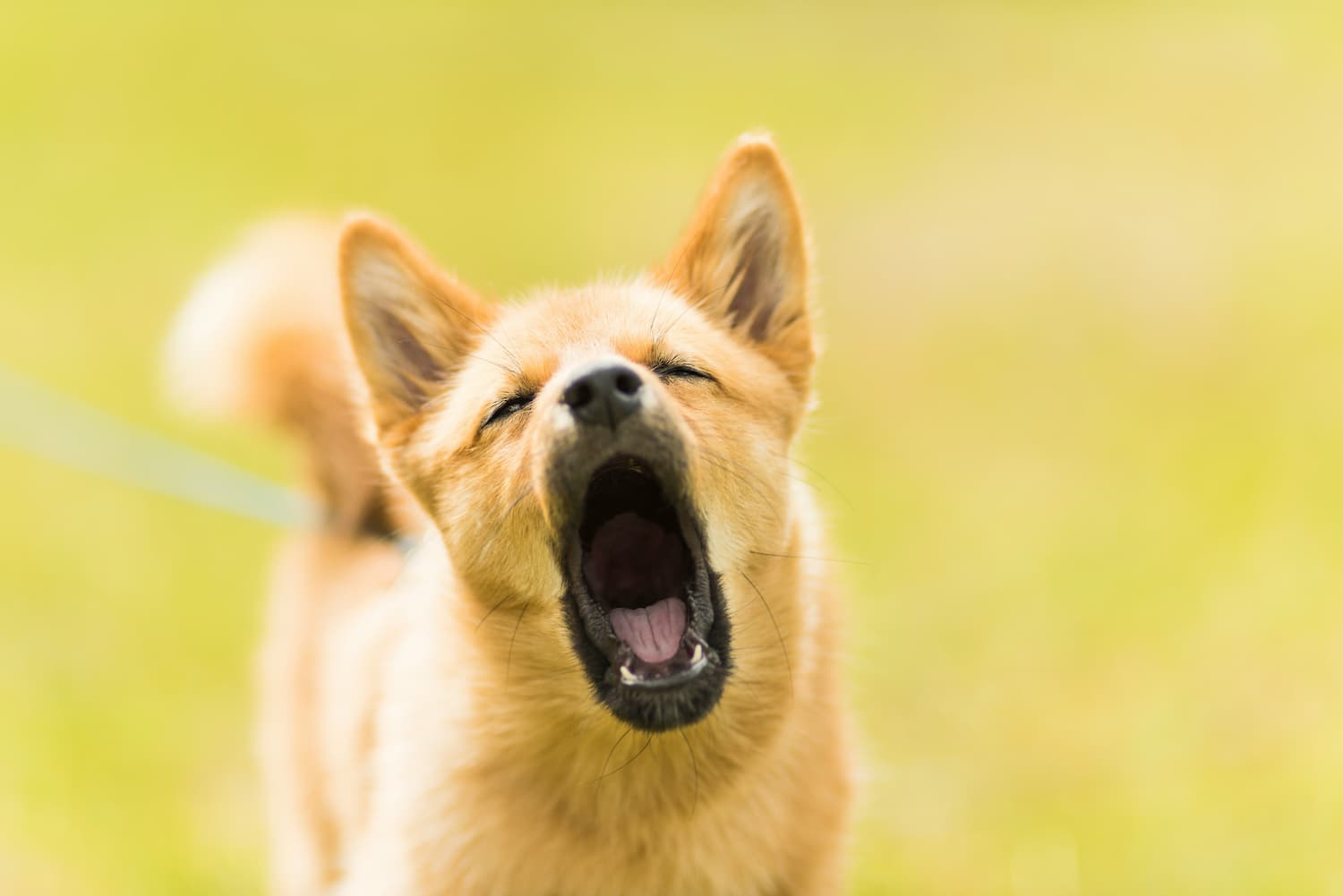
What Is a Reactive Dog?
A reactive dog is one whose emotional arousal exceeds the context of a typical interaction. Rather than a measured response—like a friendly sniff or casual glance—a reactive dog exhibits dramatic behaviors such as barking, lunging, growling, spinning, or whining in response to everyday stimuli (e.g., other dogs, people, noises) .
Importantly, dog reactivity differs from aggression. Reactivity stems from fear, excitement, or frustration—an overblown fight‑or‑flight response—whereas aggression involves an intention to harm or intimidate. In many cases, a reactive dog can quickly calm down once the perceived threat disappears; an aggressive dog, by contrast, may persist or escalate its hostile behavior.
Understanding what is a reactive dog sets the stage for compassionate intervention. It’s about recognizing that your dog’s brain is flooded with stress chemicals, temporarily shutting down rational thinking. With patience and the right techniques, you can help your dog replace those intense reactions with calm confidence.
Why Do Dogs Become Reactive?
Several factors can predispose a dog to reactivity:
In essence, what does it mean when a dog is reactive? It means your dog’s emotional threshold has been exceeded. Their nervous system interprets neutral or non‑threatening cues as emergencies. By uncovering the root causes, you’ll be better equipped to tailor interventions that reduce fear and build resilience.
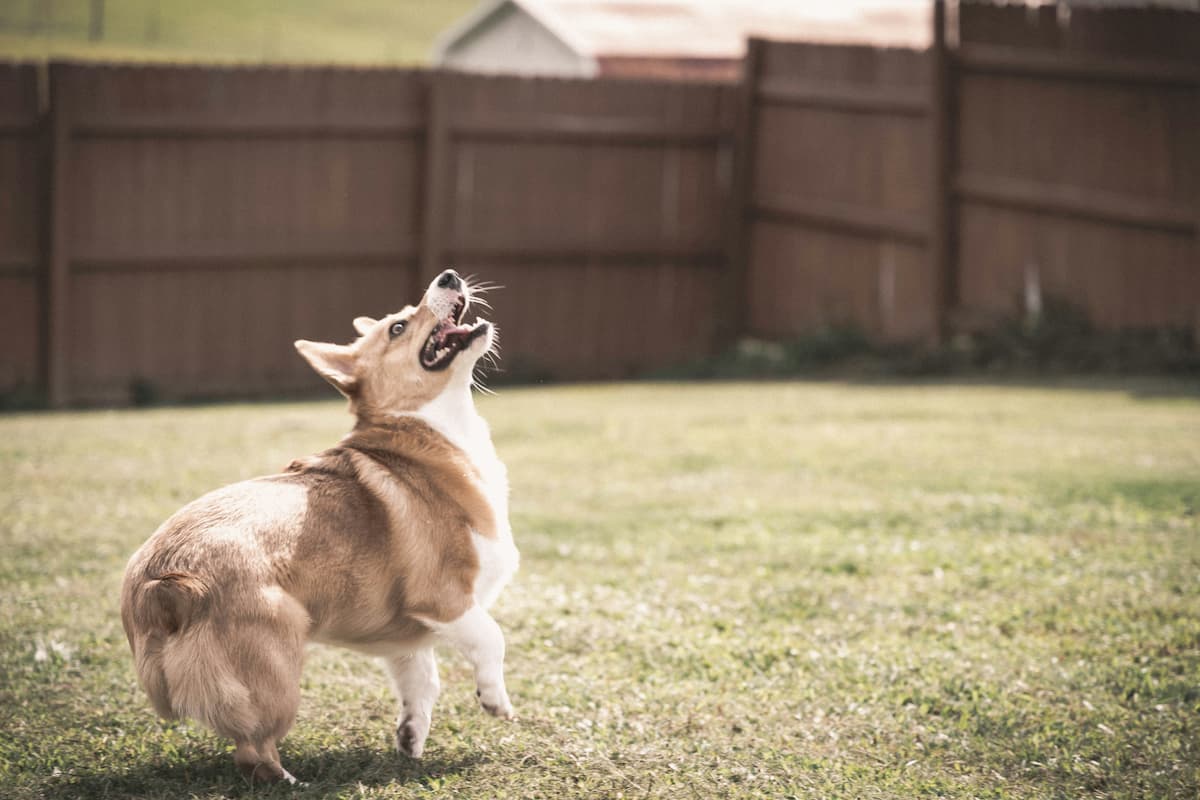
Signs of a Reactive Dog
Recognizing dog reactivity is the first step toward helping your pet. Common signs include:
How to Help a Reactive Dog?
Head Halters or Front‑Clip Harnesses: Provide you more control and reduce leash pressure.
Doggie Goggles: Protect a dog’s vision from airborne irritants during walks, which can otherwise spark reactivity.
Safe Distance: Maintain a buffer zone around your dog—step off the path or turn corners to avoid unwanted encounters.
When Should You Seek Professional Help for a Reactive Dog?
While many dogs improve with owner‑led training, professional intervention is crucial if:
Professional help often involves a tailored behavior modification plan, ongoing coaching, and possible medication to support training. Early collaboration with experts ensures you and your dog build a happier, more harmonious life together.
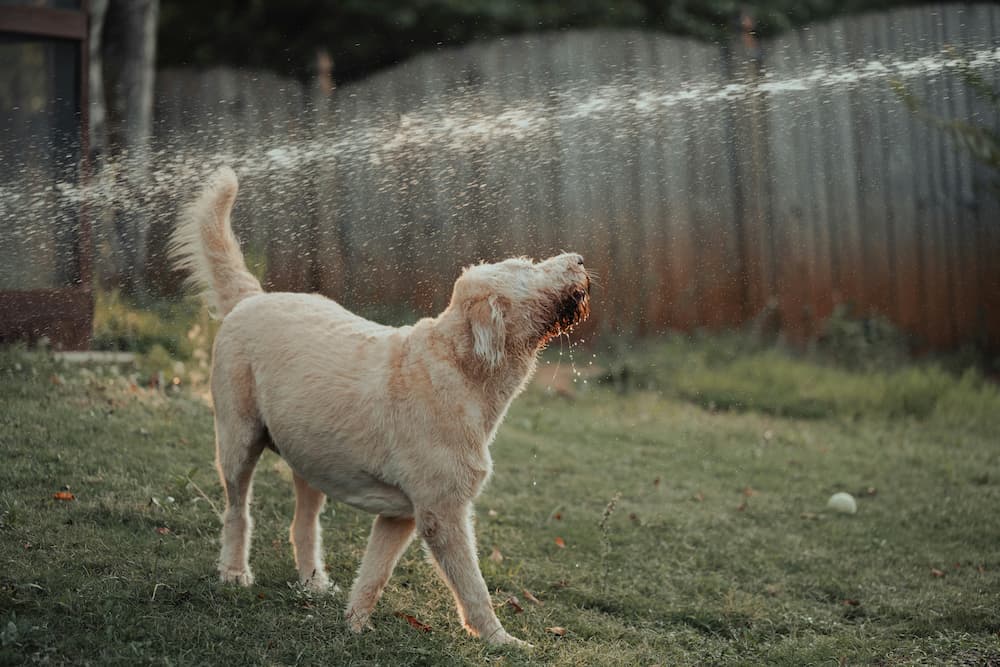
Conclusion
Understanding what is a reactive dog empowers you to transform fear and frustration into calm confidence. By recognizing the signs of dog reactivity, uncovering root causes, and applying structured training—backed by authoritative guidance—you can guide your dog toward more balanced responses. Prevention, consistency, and, when needed, professional collaboration uphold your dog’s emotional well‑being. Embrace the journey of learning and growth, and celebrate each small success. With patience and compassion, your once‑reactive pup can become a more relaxed, joyful companion in every walk and interaction.
FAQ
What is the difference between a reactive dog and an aggressive dog?
A reactive dog overreacts emotionally to triggers (fear, frustration, excitement) without intent to harm; aggression involves deliberate threats or attacks to control or injure. Reactivity can escalate into aggression if unaddressed.
What breed of dog is most reactive?
While individual temperament varies, small breeds like Chihuahuas and Dachshunds often show higher reactivity rates due to genetics and early socialization gaps. However, any breed can become reactive under stress.
What not to do with a reactive dog?
Avoid punishment, flooding (forcing them into intense exposure), or harsh corrections. These tactics increase fear and erode trust. Instead, focus on positive reinforcement, gradual desensitization, and professional guidance if needed.

